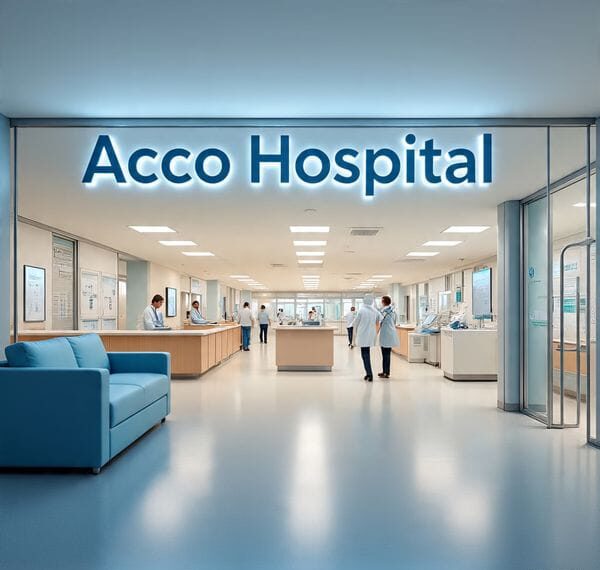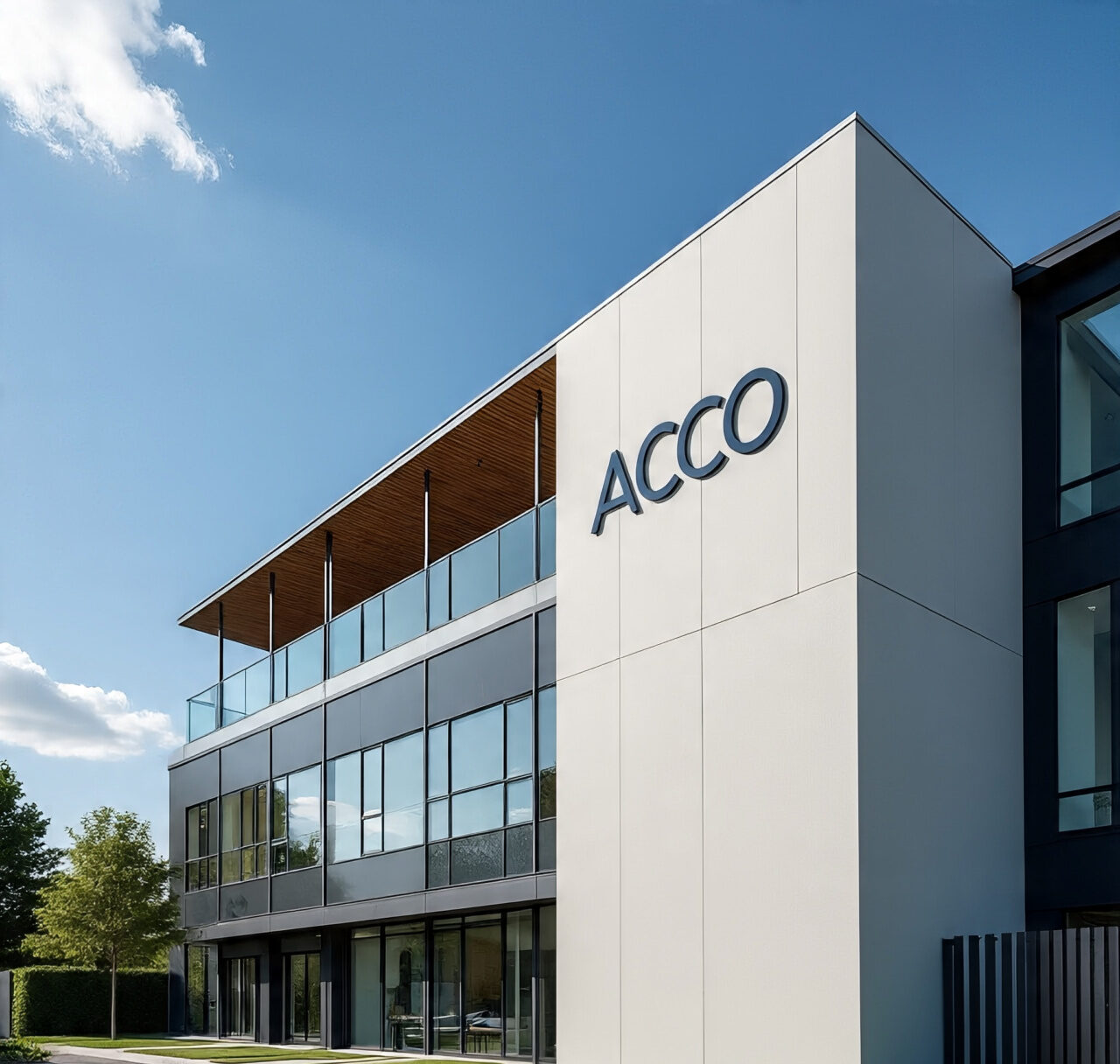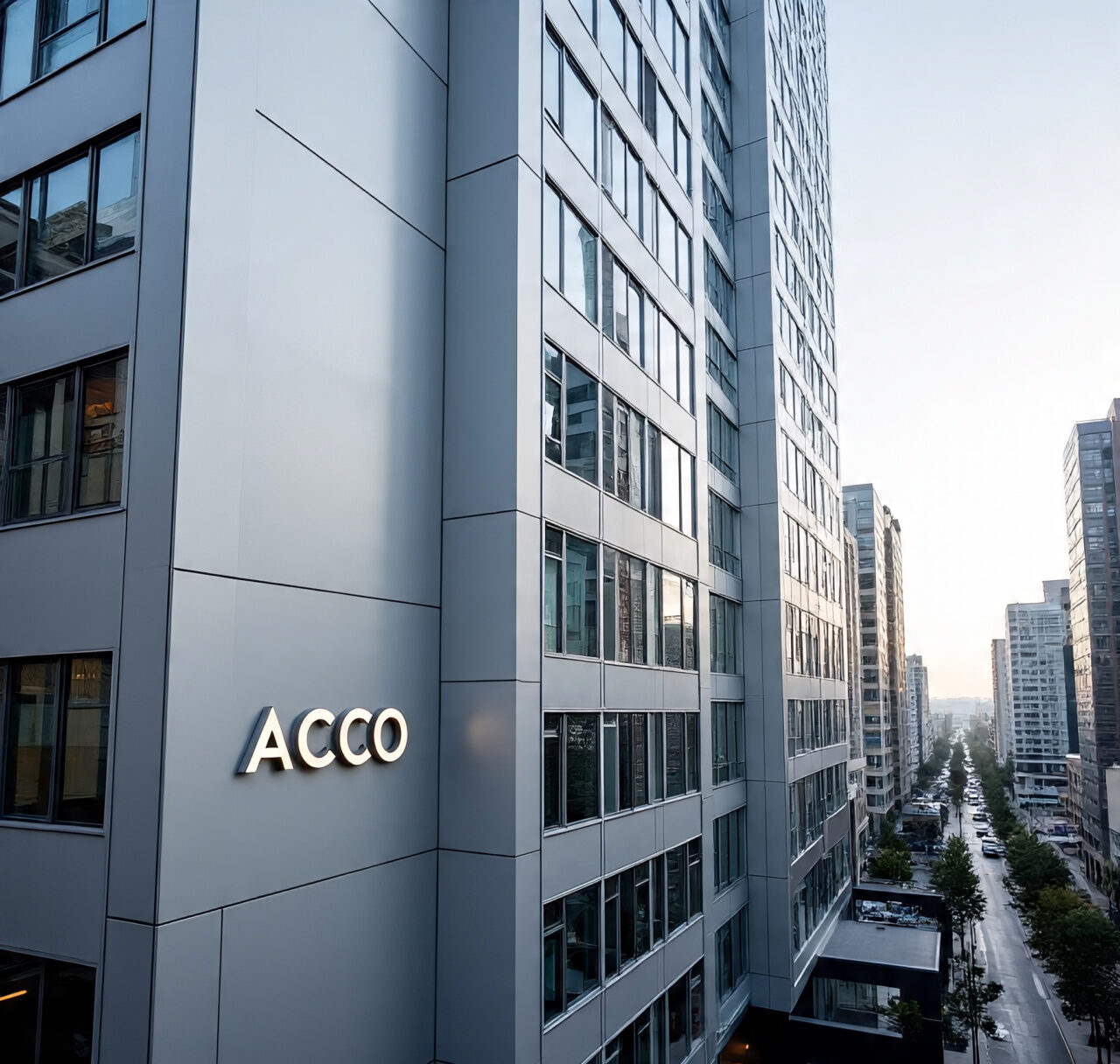
🏥 Compact Hospital Design in Pakistan | ACCO Construction
🏗 Introduction to ACCO Construction
At ACCO Construction, we pride ourselves on being one of Pakistan’s top healthcare infrastructure specialists, with over 20 years of experience in hospital design and construction. Based in Lahore, we’ve delivered projects nationwide—ranging from large medical facilities to compact hospital units for rural and urban settings.
Our dedicated team of architects, engineers, and medical planners design functional, scalable, and cost-effective healthcare spaces, particularly where space and budget are limited.
🩺 What is a Compact Hospital Design?
A compact hospital design refers to a smartly planned, space-efficient medical facility that includes all critical services in a smaller footprint. It’s ideal for:
Densely populated urban zones
Remote rural communities
Disaster-relief or mobile units
Private healthcare startups
These hospitals are usually built within 6,000 to 15,000 sq. ft and focus on essential services such as OPD, emergency, basic diagnostics, minor procedures, and maternity care.
🇵🇰 Why Compact Hospital Design is Crucial for Pakistan
In Pakistan, where both urban sprawl and rural isolation pose challenges, compact hospital design solves several problems:
Land scarcity in metropolitan areas like Lahore, Karachi, and Islamabad
Limited funding for full-scale hospitals in underdeveloped regions
Immediate healthcare access in post-disaster or pandemic scenarios
Fast-track deployment of mobile or modular medical units
📰 According to Dawn News, Pakistan needs over 250,000 more hospital beds by 2030 to meet WHO standards. Compact hospitals offer a faster, feasible solution.
🧱 Key Elements of Compact Hospital Design
📐 1. Smart Space Planning
A well-designed compact hospital optimizes every inch of space. ACCO uses:
Zoning techniques to separate public, clinical, and service areas
Multifunctional rooms (e.g., procedure + examination rooms)
Vertical stacking of departments (G+1 or G+2 plans)
🛏 2. Essential Facilities Only
To keep the design efficient, we include:
OPD clinics (2–4 rooms)
Minor OT and procedure rooms
5–20 in-patient beds
Emergency treatment room
Maternity/labor room
Laboratory and diagnostic corner
Pharmacy
Admin + waiting area
🏗 3. Modular or PEB Construction Options
Depending on the client’s need and budget, ACCO offers:
| Construction Type | Description | Completion Time | Cost (PKR/sq. ft) |
|---|---|---|---|
| RCC Structure | Concrete-based, traditional | 6–10 months | 18,000–25,000 |
| PEB (Steel) | Pre-engineered steel frame | 3–6 months | 14,000–20,000 |
| Modular (Prefab) | Fully prefab panels & interiors | 1–3 months | 12,000–18,000 |
🌿 4. Sustainability & Efficiency
Solar power backup
Rainwater harvesting
Natural daylight & ventilation
Energy-efficient HVAC zones
🧰 ACCO’s Design and Construction Workflow
Feasibility Study & Land Assessment
Concept Design & Layout Drafting
Medical Planning (as per WHO/MOH standards)
Structural, Electrical, Plumbing (MEP) Engineering
Construction Execution
Testing, Commissioning & Handover
Post-build Support & Staff Training
✅ Advantages of Compact Hospital Design
🔷 Pros
✅ Lower Land Requirement
✅ Faster Construction Timeline
✅ Cost-Efficient Setup
✅ Ideal for PPP or NGO healthcare projects
✅ Easily expandable or upgradeable
✅ Can be placed in remote or dense urban pockets
❌ Cons
❌ Limited Specialized Care Units
❌ Lower patient capacity
❌ Staffing flexibility required
❌ Needs regular maintenance to stay efficient
📈 Who Needs a Compact Hospital?
Private healthcare startups (first-time investors)
NGOs (operating mobile or rural clinics)
Government pilot projects in underserved tehsils
Disaster relief organizations
Urban community hospitals in crowded cities
🔄 Comparison Table: Compact vs. Traditional Hospital
| Feature | Compact Hospital | Traditional Hospital |
|---|---|---|
| Size | 6,000–15,000 sq. ft | 25,000+ sq. ft |
| Time to Build | 3–6 months | 12–24 months |
| Bed Capacity | 10–30 | 100+ |
| Cost (Avg.) | PKR 3–5 crore | PKR 25+ crore |
| Location Flexibility | High | Moderate |
| Expandability | Medium–High | High |
| Target Areas | Rural, Urban, NGO | Tertiary hospitals, cities |
❓ FAQs – Compact Hospital Design in Pakistan
1. What is the average cost of a compact hospital in Pakistan?
It ranges from PKR 3 crore to 5 crore, depending on design, construction method, and services included.
2. How much land is needed for a compact hospital?
Typically, 6–10 marla (1,500–2,500 sq. ft) plot is enough for a ground + 1 setup.
3. Can I use prefab/modular technology for a compact hospital?
Yes. Modular/PREFAB construction reduces both cost and time, ideal for rural and emergency settings.
4. Do you handle all approvals and compliance?
Absolutely. ACCO assists with PHEC, Punjab Healthcare Commission, and local authority approvals.
5. Can compact hospitals include maternity and emergency rooms?
Yes, our designs always include essential services like maternity, emergency, and diagnostics.
🧭 Final Verdict – Why Choose ACCO for Compact Hospital Design?
In a country like Pakistan—where space, speed, and cost dictate project feasibility—compact hospital design offers the ideal middle ground. ACCO Construction stands out with:
Proven healthcare construction track record
Turnkey delivery model (from concept to commissioning)
Smart, sustainable, and scalable hospital layouts
Affordable and compliant with healthcare standards
Whether you’re looking to serve a rural population, start a private clinic, or support a government health program, ACCO delivers hospital design solutions that save space, time, and lives.
🔗 Internal Links
🌐 External Resources
📞 Contact ACCO Today for a Free Consultation!
Want to build a compact, efficient hospital facility that meets local and international standards?
Let’s talk!
📲 Call/WhatsApp: +92 322 8000190
📧 Email: info@acco.com.pk
🌐 Website: www.acco.com.pk




